The 11 best Trello Power-ups to skyrocket
There’s a lot of incredibly innovative software available today. In fact, it’s safe to say that all of the best modern software is incredibly innovative.
There are two things that the most innovative software tools have in common:
- They’re easy to learn. The average user can sign up for the app and get started in minutes without any training.
- They have hidden depths. The more a user becomes familiar with the software, the more truly powerful features they uncover.
The project-management and collaboration software Trello definitely matches both of those descriptions. The powerful features hidden just under the surface aren’t hard to access. They just don’t get in the way or make the basic features hard to learn.
But great features are just the start. Trello has a ton of integrations they call Power-Ups that allow you to truly make their software whatever you want it to be.
Here are some of the best Trello Power-Ups, in no particular order.
1. Jotform
Like Trello, Jotform is a deceptively simple tool — except for forms rather than kanban boards. You can make your first form in minutes or choose one of thousands of templates to get started even quicker.
But Jotform is also more than a form tool. It’s a full-featured business tool. The forms themselves have a ton of features to explore — like the advanced Form Designer and custom form elements, or widgets.
But there’s also Jotform Tables to manage your data, a PDF creator, an app builder, and so much more.
That’s why it’s the perfect companion to Trello and the first on the list of Power-Ups. But even better, the relationship goes both ways. Jotform has a Trello integration as well.
2. Slack
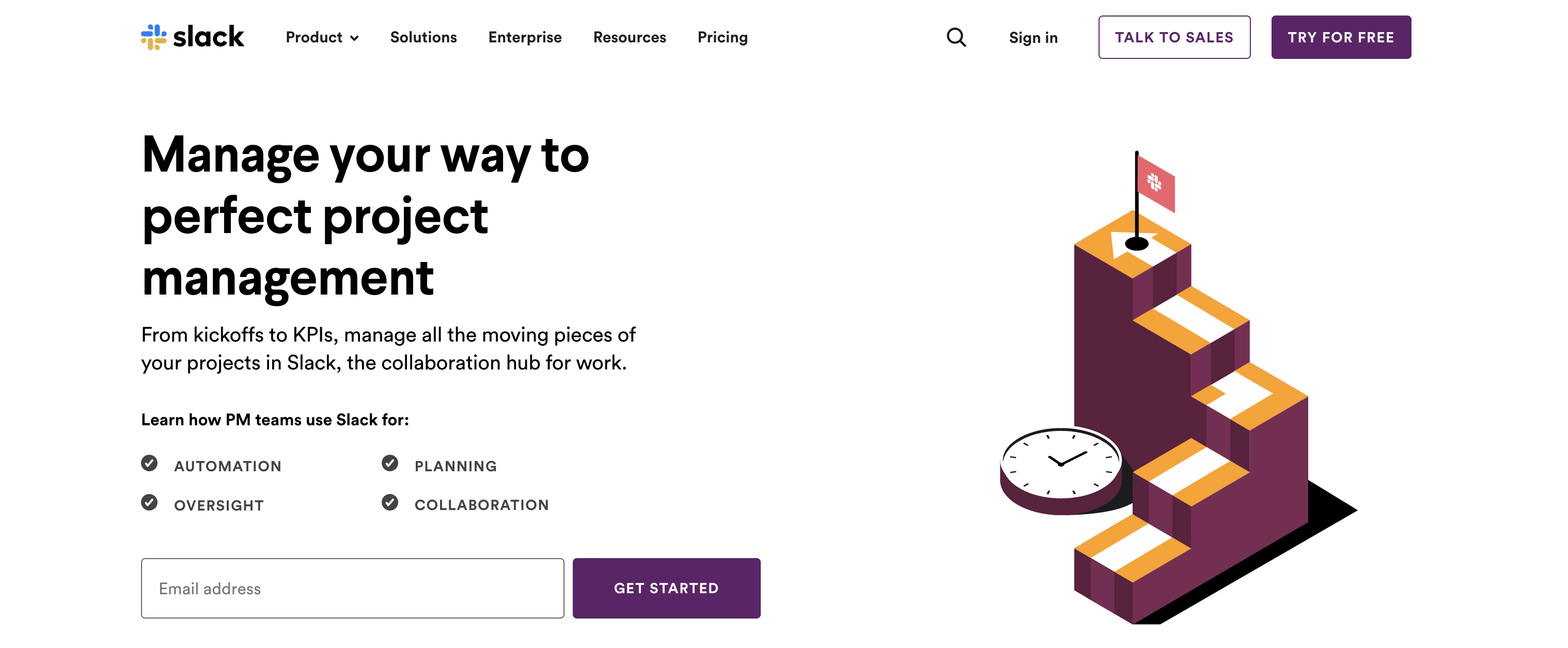
Slack is another super-innovative product. On the surface, it may seem like little more than a convenient way to communicate with your team through instant messaging.
But Slack also has hidden depths. When you use Slack Apps, it becomes an incredibly powerful team- and project-management tool.
Being able to use your favorite software within Slack makes communication and cooperation smoother than ever. And using Slack with Trello means you can notify any relevant teams and team members whenever important aspects of your project change.
3. GitHub
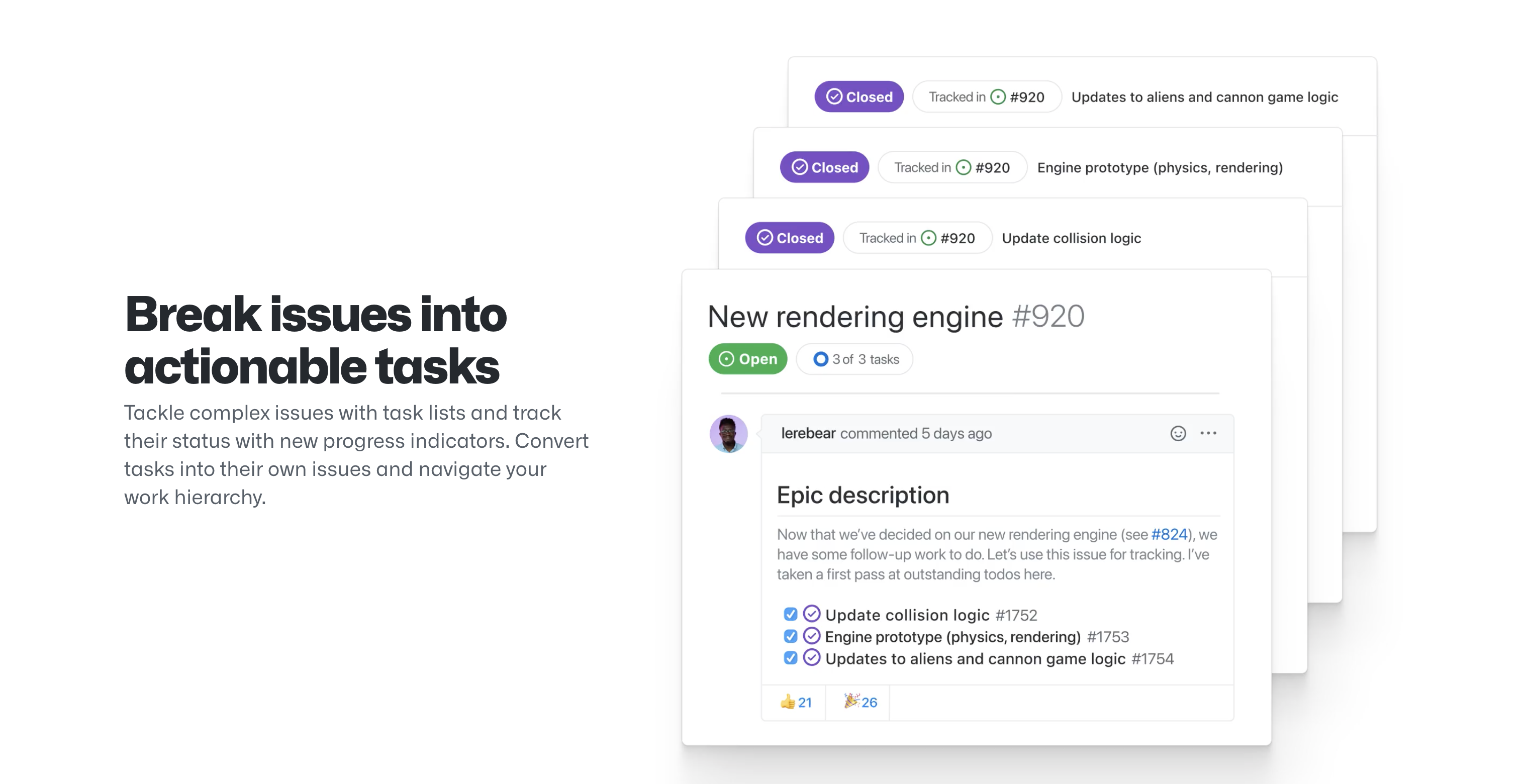
GitHub is one of the best choices for managing software version control. It’s a favorite tool among open-source developers and enterprise software creators alike.
Trello is a favorite tool among developers as well. The kanban system that Trello is built on is one of the most popular tools for agile development.
Integrating these two programs is like bringing together peanut butter and chocolate: a great combination. For example, a developer can have their progress on a Git branch automatically update the card it’s linked to.
4. Placker

One of the drawbacks of Trello is that the kanban boards are loosely integrated. Tools like Asana solve this problem by giving you the ability to manage boards that are assigned to different teams all in one place, but Trello doesn’t have that option baked in.
However, Placker makes for a nice substitute. Rather than giving you a unified interface, Placker lets you connect boards and cards to each other. It’s like creating a kanban wiki.
You can set rules to copy, move, and mirror cards automatically. It also gives you automation tools like the ability to automatically move cards when tasks are finished.
You can even copy Placker’s automation rules from one board to another.
5. Google Drive

Google Drive is a tool that needs no introduction. It’s highly likely that your company — or at least individuals in your company — are already using it.
Being able to connect your primary productivity tool with your documents and files is a huge win. You can even turn your Trello cards into Google Slides presentations quickly and easily.
6. Read Me
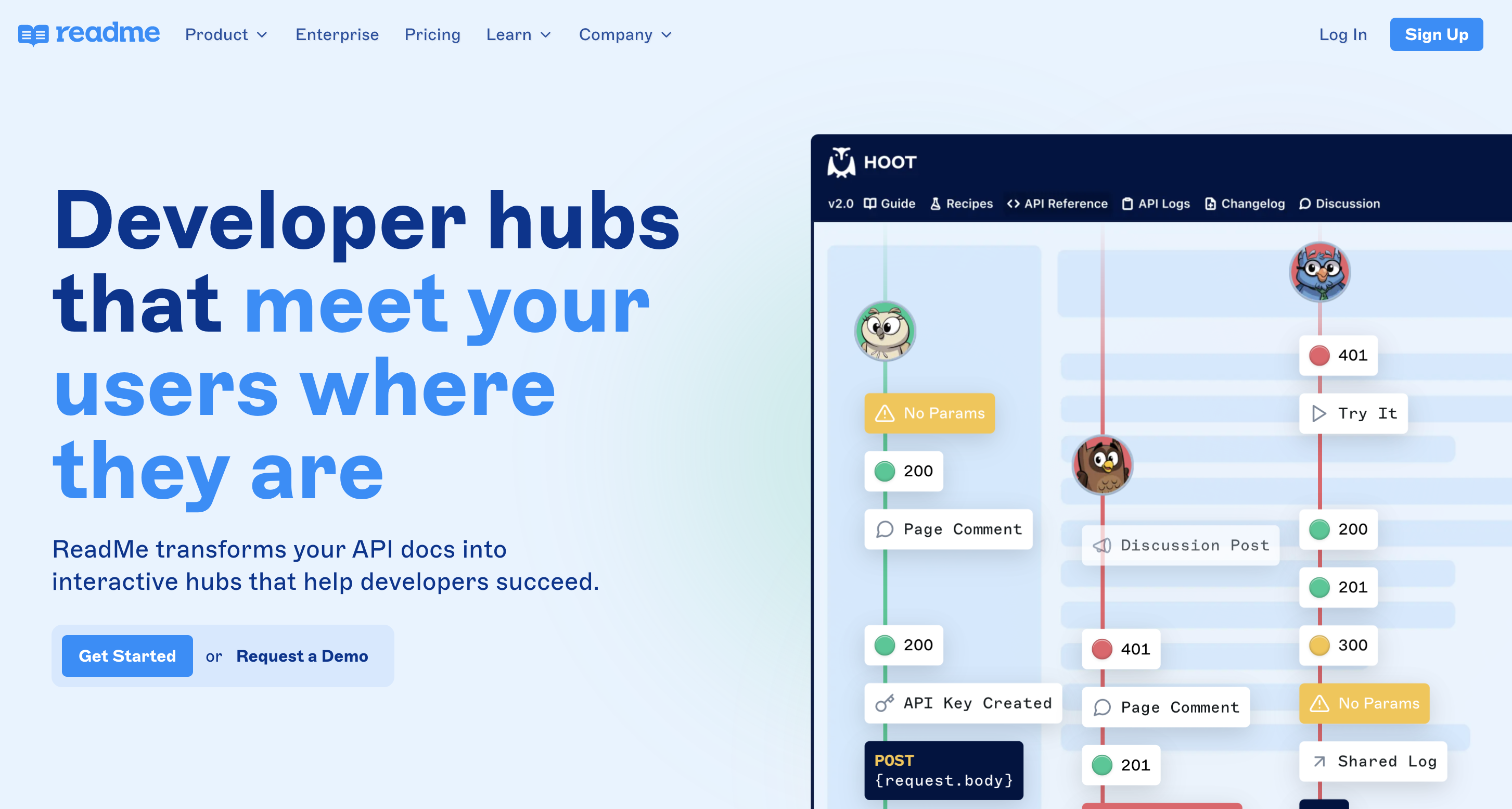
If you have a Trello board you haven’t looked at in a while or you’re introducing a new team member to a complicated Trello process, it can be difficult to grasp how the board is set up. It would be so much easier if it had instructions or an explanation of its purpose.
That’s where Read Me comes in. It gives you the ability to explain your oddball Trello board to visitors through pop-up notifications.
7. Notion + Trello 2-Way Sync
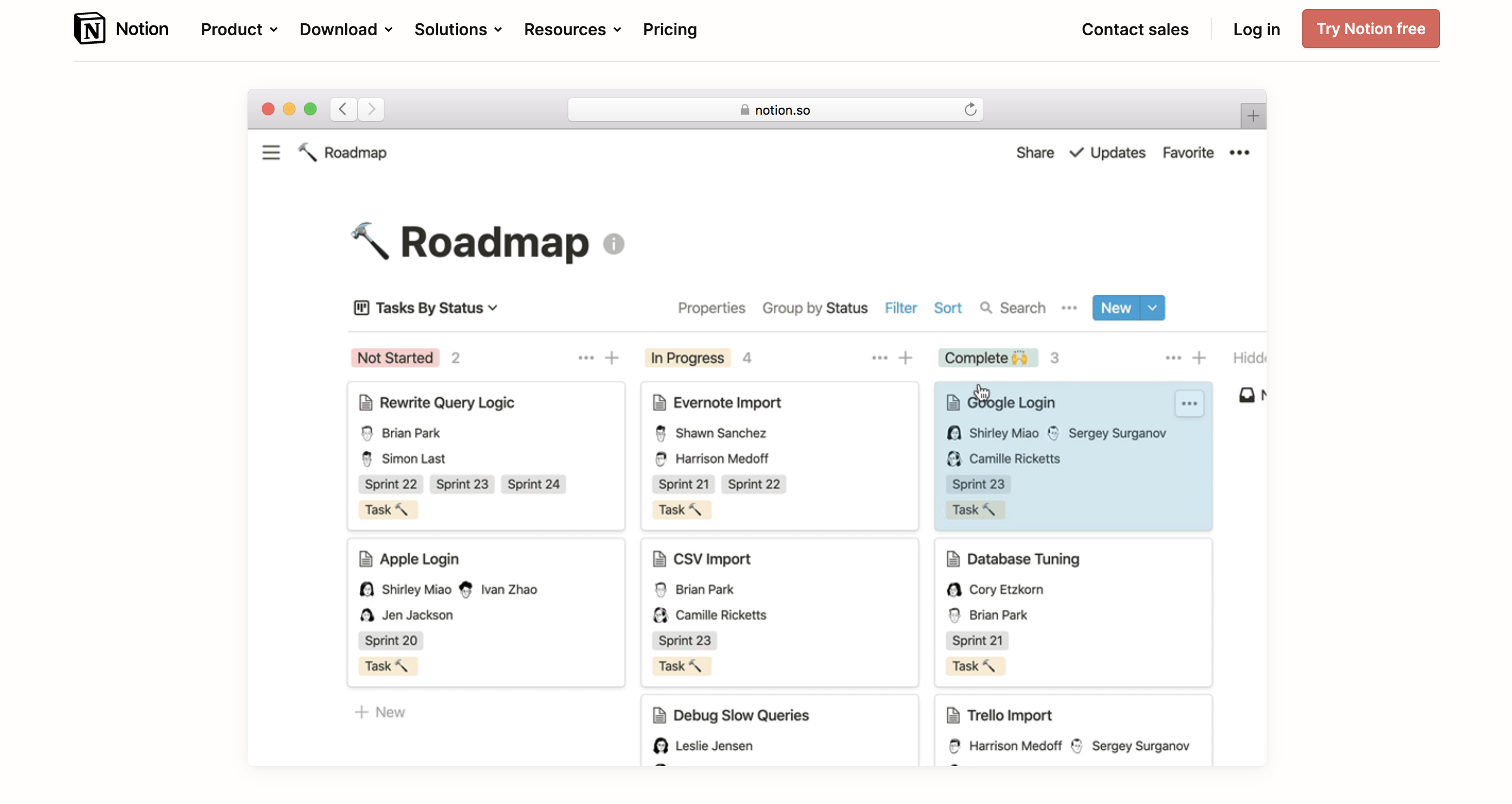
While Notion is technically a note-taking tool, it goes way beyond that.
Notion has many integrations to help it work with your team’s existing software, but it’s also an innovative tool in and of itself. It can act as a knowledge management solution, wiki, and team-collaboration tool. It even has a powerful Airtable-style data storage system.
It’s Notion’s data tables that can sync with Trello. But what makes this option especially useful is that Notion’s tables can link to each other, allowing you to create a fully connected database.
8. Pomorello
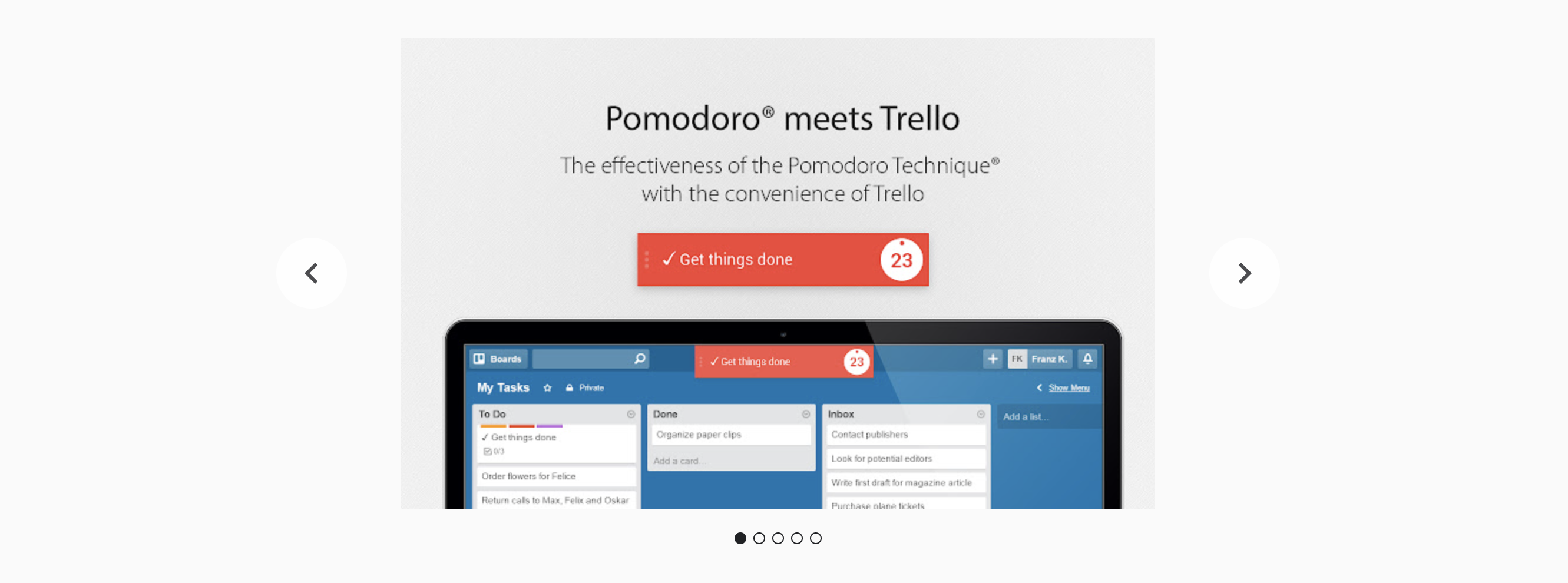
The Pomodoro Technique is a simple time-management method designed to increase focus and productivity. Using the Pomodoro Technique can help you stay on task as you work. It can also help you track how long certain types of tasks will take.
Pomorello helps you integrate the Pomodoro Technique with Trello.
9. Card Aging
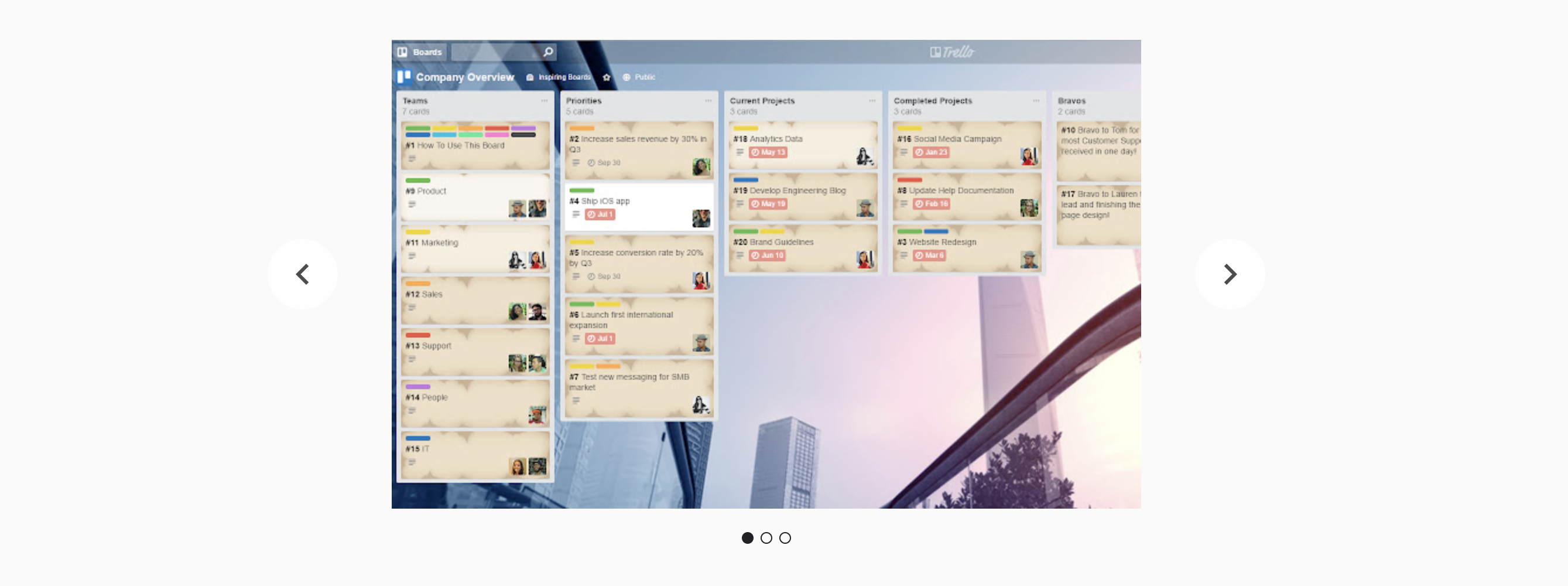
Sometimes there’s just no way to stay on top of everything. It’s easy for team members to overlook a Trello card, shuffle it to the bottom, or accidentally neglect to assign it. For those lonely, forgotten cards, there’s Card Aging.
The Card Aging Power-Up uses the simplest method possible to remind you that a card has become neglected. After a while, the card starts to look like a worn document from the 1800s. You can’t miss it.
As time progresses, the card looks older and older, making it clear just how badly the card is in need of some TLC and maybe a forever home.
10. Twitter
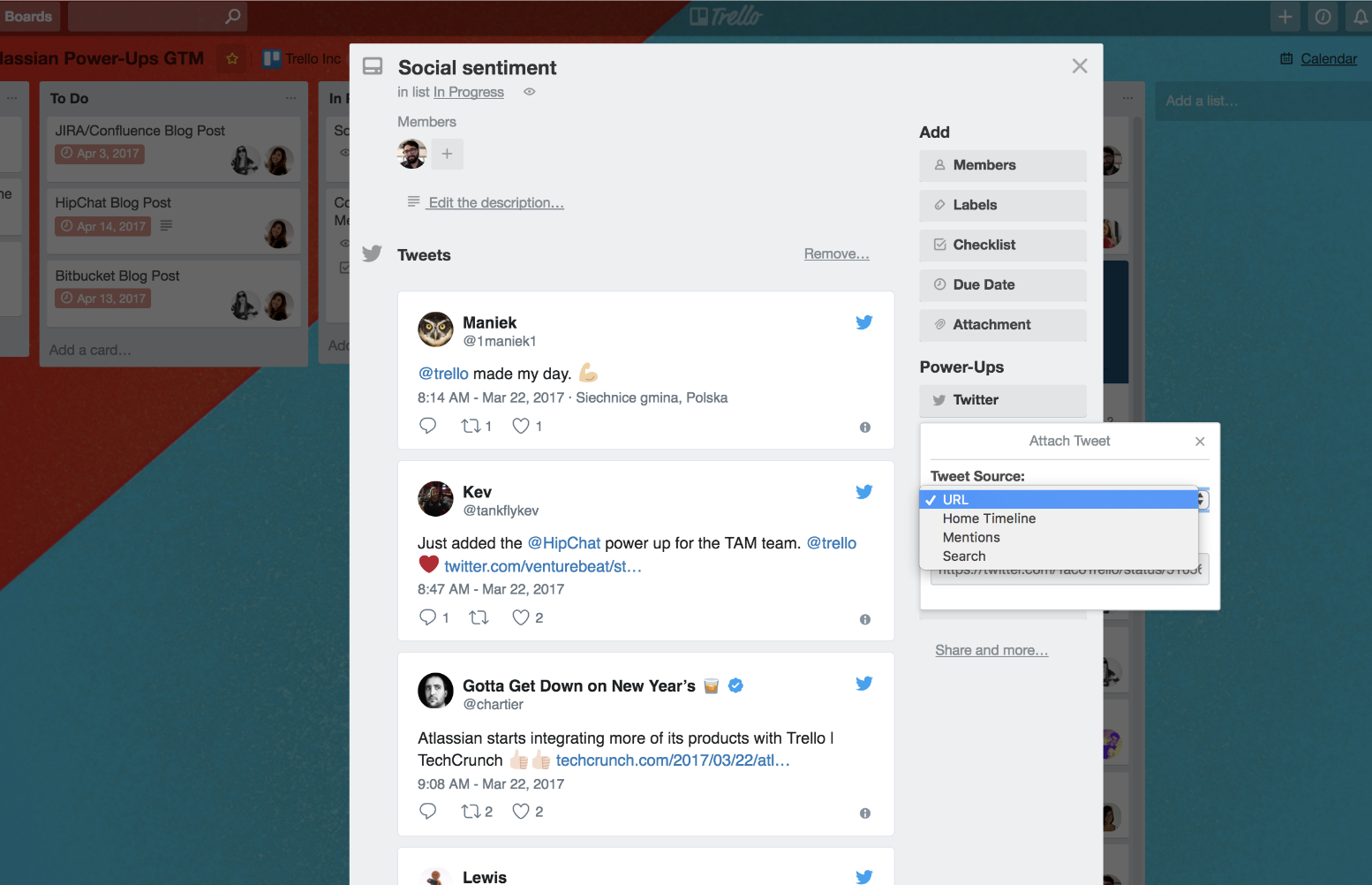
While it’s a given that you’ve heard of Twitter, what you may not know is that it was originally meant to be a simple tool to assist with team communication.
So, while most people use Twitter as a social media platform, it still offers benefits to companies that use it for business. Many companies use Twitter as a customer service tool, for example.
The Twitter Power-Up can make it easy to use Twitter as a business tool. You can still use it for team and customer communication, of course. But with Trello, you can turn that communication into a DIY help desk.
Trello can help you track bugs, gather feature requests, do market research, and much more, all through Twitter.
10. Zapier
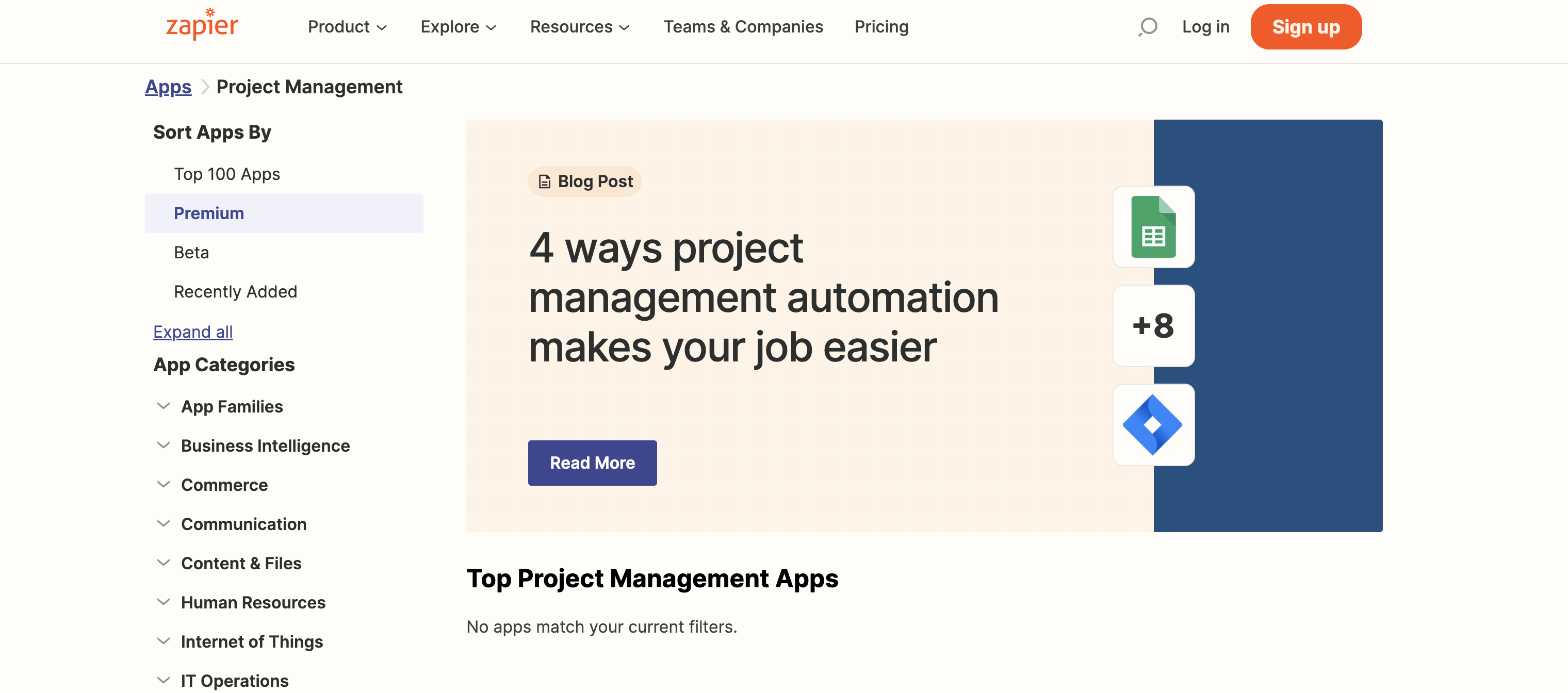
The final tool on this list is the one that’s most likely to melt your brain. Of course, if you’ve read this far, you probably know what Zapier is. If not, it’s like a universal adapter for the internet.
Zapier can watch one program for changes and then fire off actions in another program. For example, you can use Zapier to automatically create a new Trello card when someone submits a form through Jotform.
Of course, you can probably do that with either program’s integrations. But you can also automatically send an invoice form to a client on a certain date using Google Calendar and Jotform. Jotform will even allow you to accept the payment.
Zapier isn’t a Trello-only tool, though. It’s a standalone application that can connect almost any two or more pieces of software on the web. The Trello Power-Up just streamlines the process.

















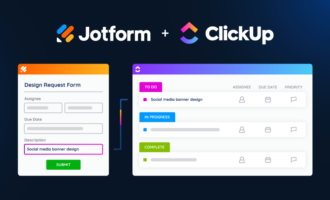


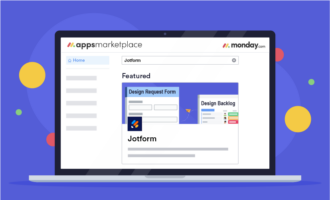


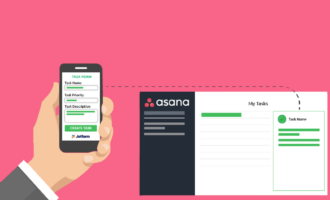



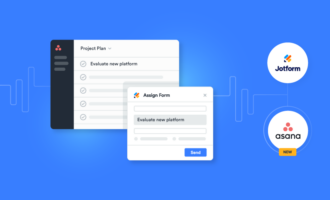


Send Comment: